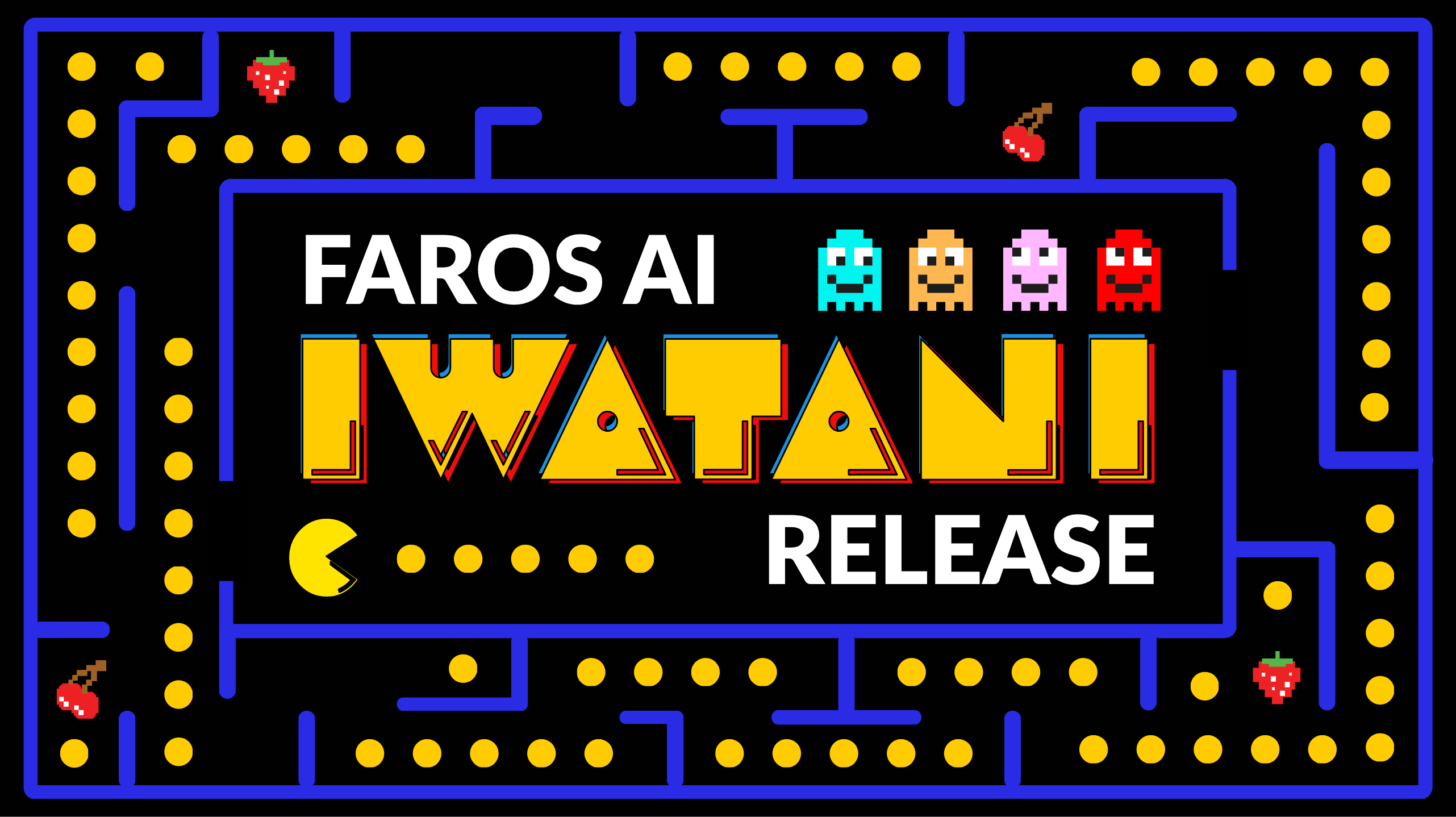Choosing the best engineering productivity metrics for modern operating models
Your engineering operating model—how and where your teams work—fundamentally changes which engineering productivity metrics matter most. A fully remote startup requires different measurements than a company relying on outsourced development, while a globally distributed enterprise faces unique collaboration and handoff challenges.
Why operating models matter for engineering metrics
Traditional engineering productivity metrics often assume co-located, in-house teams. But modern engineering organizations operate in diverse ways:
- Heavily outsourced development with multiple vendor relationships
- Geographically distributed teams across multiple time zones
- Remote/hybrid workforces with varying employment types
- Centralized SDLC systems with monorepos and shared tooling
- Multiple SDLC environments from acquisitions and legacy systems
Each operating model introduces specific productivity challenges that require targeted measurement approaches.
Note: AI is rewriting the software engineering discipline with the potential to significantly boost productivity. Every metric listed in this article can and should be measured before and after the introduction of new AI tools. Knowing where you start helps as you introduce more and more AI tools. Like every new technology, there may be tradeoffs. Metrics help implement a data-driven approach to where, when, and how to deploy AI.
{{cta}}
Engineering productivity metrics by operating model
1. Heavily Outsourced Development
Operating Model Description: Your organization relies on sub-contractors, usually from multiple vendors, to deliver significant portions of your software development.
Key Challenges:
- Comparing vendor vs. in-house productivity
- Measuring value received from each vendor
- Ensuring institutional knowledge capture to prevent vendor lock-in
Essential Productivity Metrics per Contract Type and Vendor:
- Productivity per dollar spent - ROI comparison across vendors and internal teams
- Activity per dollar spent - Code commits, PRs, documentation per cost unit
- Time spent vs. target hours - Are vendors delivering expected effort?
- Velocity and throughput per vendor - Compare delivery rates
- Lead time and cycle times - End-to-end delivery speed
- Active vs. waiting times - Special attention to handoffs and approvals between vendors and internal teams
- Quality of delivery (bugs per task) - Compare defect rates across vendors
- Code, test, and documentation coverage - Ensure outsourced work meets standards
- Task and PR hygiene - Are vendors following your development processes?
For a deeper dive, check out our article on six essential metrics every engineering manager should track to maximize the value of contractors.
2. Geographically Distributed Teams
Operating Model Description: Your organization has globally distributed development centers, often spanning multiple continents and time zones.
Key Challenges:
- Collaboration across time zones
- Knowledge sharing across regions
- Measuring effectiveness of “follow-the-sun” workflows
Essential Productivity Metrics Per Location:
- Productivity per dollar spent per location - Cost-adjusted performance comparison
- Impact of cross-geo collaboration on velocity, throughput, and quality metrics
- Impact of cross-geo collaboration on MTTR and SLAs - Incident response across time zones
3. Remote and Hybrid Teams
Operating Model Description: Your organization has multiple employment types, including in-person, hybrid, and remote developers.
Key Challenges:
- Comparing productivity across employment types
- Mitigating “proximity bias” in performance evaluation
- Ensuring equitable onboarding and mentorship
Essential Productivity Metrics per Employment Type:
- Onboarding effectiveness per employment type - Time to first commit, first PR, first production deployment, and nth PR
- The ‘before and after’ impact of WFH policy changes - Measure the shift in baselined metrics after implementing policy changes
- Developer experience and satisfaction per employment type - Surveys and sentiment analysis
4. Centralized SDLC Systems
Operating Model Description: Often characterized by a monorepo, centralized SDLC has specific impacts on developer experience that need targeted measurement.
Key Challenges:
- Identifying technical areas for optimization in shared systems
- Measuring productivity by application/service rather than repository
- Managing dependencies that slow down development
Essential Productivity Metrics per Application or Service:
- PR review SLOs - Time from submission to approval in shared systems
- Commit queue SLOs - How long do developers wait for their changes to merge?
- Remote build execution and cache SLOs - Build system performance metrics
- Clean vs. cached build volume and runtimes - Infrastructure optimization indicators
- Test selection efficacy based on compute resources and change failure rate
5. Multiple SDLC Environments
Operating Model Description: Your organization has multiple SDLCs, often resulting from a large portfolio, acquisitions, or legacy system constraints.
Key Challenges:
- Identifying high-performing SDLCs for best practice sharing
- Reducing duplication of efforts across systems
- Managing inconsistent tooling and processes
- Planning consolidation and standardization efforts
Essential Productivity Metrics per SDLC:
Refer to the lists above, and measure the relevant productivity and experience metrics—this time per SDLC. This helps identify high-performing SDLCs to increase the cross-pollination of best practices and reduce the duplication of efforts.
Getting started with engineering productivity metrics
This article focuses on one of three top considerations for choosing engineering productivity metrics: understanding how you work. Determining the right metrics for your operating model will help you make data-driven decisions about tooling, processes, and organizational structure that improve outcomes for your specific situation. The other two considerations—your company stage and engineering culture—should also influence which metrics your company chooses.
Before finalizing which engineering productivity metrics to measure, take a beat to identify what’s important to you, how you define success, and what productivity looks like to you. Remember, the goal isn't to make all teams identical—it's to understand how your operating model affects productivity and optimize accordingly.
To learn how Faros AI can support your software engineering organization, reach out to us today.
{{engprod-handbook}}
FAQ: Best practices for choosing engineering productivity metrics based on your operating model
Q: Why is it important to establish baselines for engineering productivity metrics?
A: Baselines give you a clear picture of your current state before making changes. Without them, you can’t tell whether new processes, policies, or changes in your engineering operating model are improving or hurting productivity.
Q: Why should we account for our operating model’s context?
A: Raw numbers alone can be misleading. Context—like workflow dependencies, time zone differences, cultural communication styles, technology constraints, or regional business priorities—shapes how productivity metrics should be interpreted within each engineering operating model.
Q: How can developer experience influence our engineering productivity metrics?
A: Developer satisfaction is a key leading indicator of productivity. Regular surveys on tool effectiveness, process friction, collaboration challenges, and growth opportunities provide insight into whether your operating model is enabling or hindering your teams.
Q: Do developer experience surveys need to include contractors?
A: While most companies don’t extend these surveys to contractors, incorporating their feedback is equally important—contractors often face unique friction points, and including their perspective gives a more complete view of your engineering environment.
Q: Can you over-optimize engineering productivity metrics?
A: Yes. Over-optimizing or forcing too much standardization across teams can backfire. Some variation between operating models is healthy—it allows experimentation and helps identify which practices drive the best results in different contexts.


.avif)




